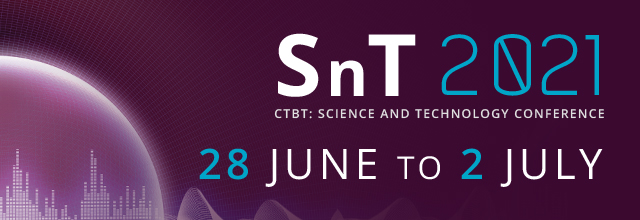Speaker
Description
For countering nuclear proliferation, the structural changes within the suspicious area have to be carefully monitored. Due to the restriction of access to rogue states, the level of change is highly dependent on the spatial resolution of satellite imagery. As increasing the quality and quantity of the imagery, the semi-automated change detection process has been studied in support of the interpretation. Nonetheless, the availability of various methods rather focused on case studies, and the results are qualitatively discussed in general. In a practical perspective, ultimately the performance has to be reviewed quantitatively so that field users can understand usability and unusability of the semi-automated system. Further, it leads to how to supplement the state-of-art technologies for field use. With this background, this paper presents the change detection algorithm developed by Korea Institue of Nuclear Nonproliferation and Control (KINAC), which integrates pixel and object advantages in computer vision, and quantitatively evaluates the performance with accuracy indices. For the semi-automated change detection, incompatibility between the recall and false discovery rate is discussed numerically. It is concluded that effective threshold values for the semi-automated change detection can be derived from the optimisation perspective, although it must vary depending on the purpose of use.
Promotional text
The analysis techniques for satellite information for nonproliferation use have been discussed in the SnT conferences. A few states have undertaken their own R&D programme, and this is the first time to introduce the ROK programme.

